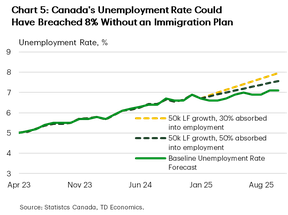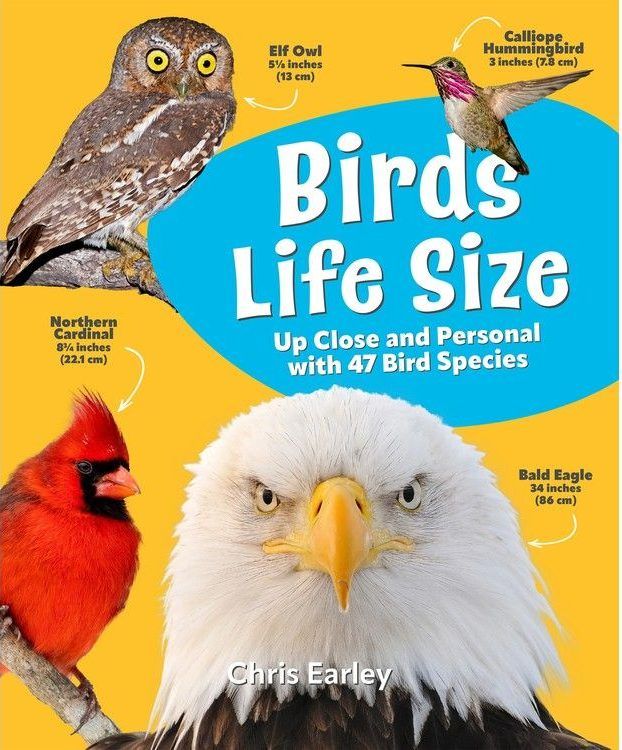
Article content
First Reading is a Canadian politics newsletter curated by the National Post’s own Tristin Hopper. To get an early version sent directly to your inbox, sign up here.
THIS CONTENT IS RESERVED FOR SUBSCRIBERS
Enjoy the latest local, national and international news.
- Exclusive articles by Conrad Black, Barbara Kay and others. Plus, special edition NP Platformed and First Reading newsletters and virtual events.
- Unlimited online access to National Post.
- National Post ePaper, an electronic replica of the print edition to view on any device, share and comment on.
- Daily puzzles including the New York Times Crossword.
- Support local journalism.
SUBSCRIBE FOR MORE ARTICLES
Enjoy the latest local, national and international news.
- Exclusive articles by Conrad Black, Barbara Kay and others. Plus, special edition NP Platformed and First Reading newsletters and virtual events.
- Unlimited online access to National Post.
- National Post ePaper, an electronic replica of the print edition to view on any device, share and comment on.
- Daily puzzles including the New York Times Crossword.
- Support local journalism.
REGISTER / SIGN IN TO UNLOCK MORE ARTICLES
Create an account or sign in to continue with your reading experience.
- Access articles from across Canada with one account.
- Share your thoughts and join the conversation in the comments.
- Enjoy additional articles per month.
- Get email updates from your favourite authors.
THIS ARTICLE IS FREE TO READ REGISTER TO UNLOCK.
Create an account or sign in to continue with your reading experience.
- Access articles from across Canada with one account
- Share your thoughts and join the conversation in the comments
- Enjoy additional articles per month
- Get email updates from your favourite authors
Sign In or Create an Account
or
Article content
TOP STORY
Article content
Article content
New figures show that the extent of the Liberals’ promised cuts to immigration have already begun to slip, even as a new report finds that Liberal immigration cuts have mostly been good for the economy.
Article content
Article content
After the Liberal government promised last year to slash immigration rates in order to avoid overwhelming “community capacity,” Immigration, Refugees and Citizenship Canada was told to hew to a target of bringing in 673,650 new temporary migrants in 2025.
Article content
By signing up you consent to receive the above newsletter from Postmedia Network Inc.
Article content
A new analysis by the Association for Canadian Studies, however, found that in the first six months of 2025, temporary migration has already hit 557,335; 82 per cent of the total.
Article content
Jack Jedwab, executive director of the Association for Canadian Studies, wrote in an email to the National Post that the federal government will likely only meet their promised reductions when it comes to international students, while exceeding targets for both the temporary foreign worker program and the International Mobility Program.
Article content
In an analysis published Tuesday, TD economists concluded that the slowdown thus far has already yielded cheaper homes and more jobs.
Article content

Article content
On unemployment in particular, the report estimated that if Canada had not dialled back immigration, unemployment would currently be sitting at eight per cent, instead of the 7.1 per cent posted in the most recent Statistics Canada figures.
Article content
Article content
“The federal government’s revised immigration policy is beginning to pay dividends in returning balance to a stretched social infrastructure,” it read.
Article content
Article content
Analysts had assumed that the reduction in immigration would reduce spending, by simple virtue of the fact that there were fewer consumers in the Canadian economy.
Article content
Nevertheless, they found that the exact opposite happened, a trend they credited in part to the fact that Canadian immigration intake had shifted dramatically towards low-skilled young people without all that much spending money.
Article content
“The contribution to consumer spending from newcomers during the population surge was muted relative to past periods,” it read.
Article content
The immediate post-COVID era has been marked by some of the highest immigration rates in Canadian history, particularly in the realm of temporary migration.
Article content
In just the three years after 2022, Canada added 3.1 million people; an average of 86,000 per month.
Article content
This has disproportionately come via massive increases to temporary immigration streams such as temporary foreign workers and student visa holders. As of the most recent figures, the number of non-permanent residents in the country stood at 3,024,216; well above the 1.3 million temporary residents counted as recently as 2021.
.png)
 1 day ago
12
1 day ago
12






























 Bengali (BD) ·
Bengali (BD) ·  English (US) ·
English (US) ·